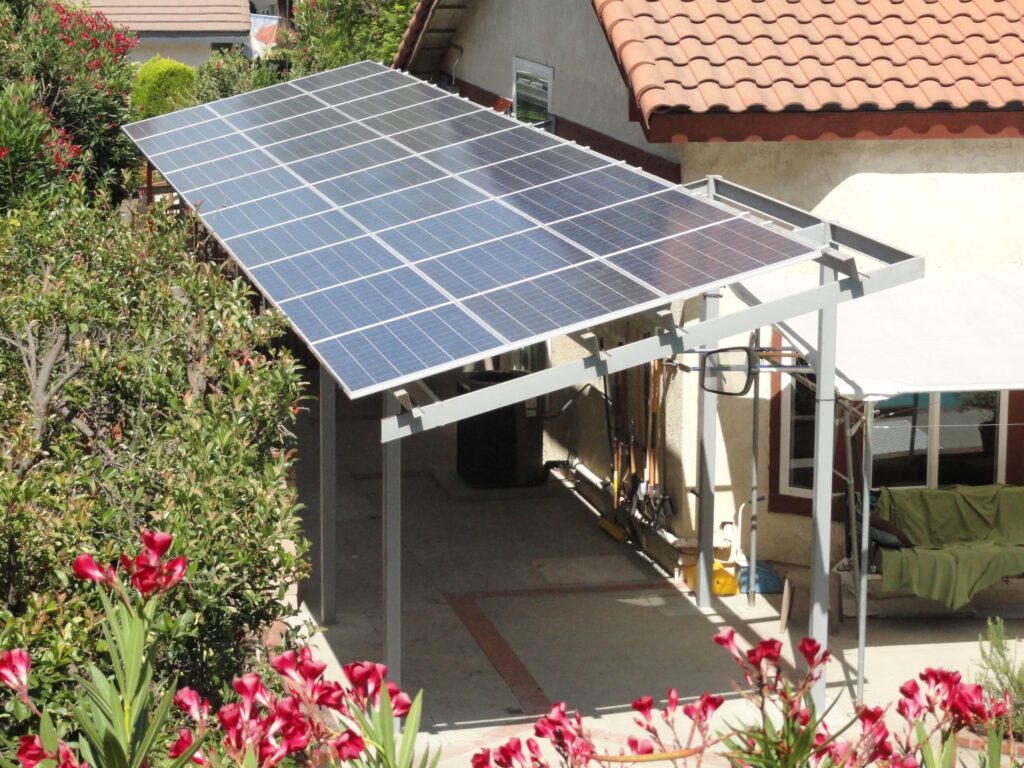Solar panels, also known as photovoltaic (PV) panels, convert sunlight into electrical energy through a process called the photovoltaic effect. Here’s a step-by-step explanation of how solar panels work.
- Sunlight Absorption: Solar panels are made up of multiple solar cells, which are usually made of semiconductor materials such as silicon. When sunlight (photons) hits the surface of the solar panel, the semiconductor material absorbs the photons.
- Electron Excitation: The absorption of photons by the semiconductor material causes some of its electrons to be excited to a higher energy level, breaking free from their normal positions in the atomic structure.
- Electron Flow: The excited electrons now have the potential to move freely, creating an electron-hole pair. This flow of electrons creates an electric current in the semiconductor material.
- Built-in Electric Field: Solar cells are designed with a built-in electric field created by doping different layers of the semiconductor material with specific impurities. This built-in electric field helps guide the flow of electrons and holes to separate them.
- Electron Collection: The flow of excited electrons is directed to the front surface of the solar cell, which is usually made with a thin metal conductor, such as aluminum. This conductor allows the electrons to be collected as an electric current.
- Electron Return: The other side of the solar cell has a conductive layer with a different type of doping that attracts the holes (positive charges) created during the photon absorption. These holes recombine with the electrons that have reached the front side, thus completing the circuit.
- Direct Current (DC) Output: The electric current generated by the solar cell is in the form of direct current (DC), which is the type of electricity used in batteries and electronics.
- Inverter Conversion: However, most household and commercial electrical systems use alternating current (AC). To use the electricity generated by the solar panels, the DC output needs to be converted into AC through an inverter.
- Grid Connection (if applicable): In grid-tied solar systems, the converted AC electricity is either used directly in the property or fed back into the electrical grid. When excess electricity is produced, it can be supplied to the grid, and the property owner may receive credits or compensation for this contribution.
By repeating this process in each individual solar cell, solar panels can generate a significant amount of electrical energy from sunlight. The efficiency of solar panels is a measure of how effectively they can convert sunlight into electricity. Advances in solar cell technology and manufacturing processes continue to improve the efficiency and affordability of solar panels, making solar energy an increasingly popular and sustainable energy option.


